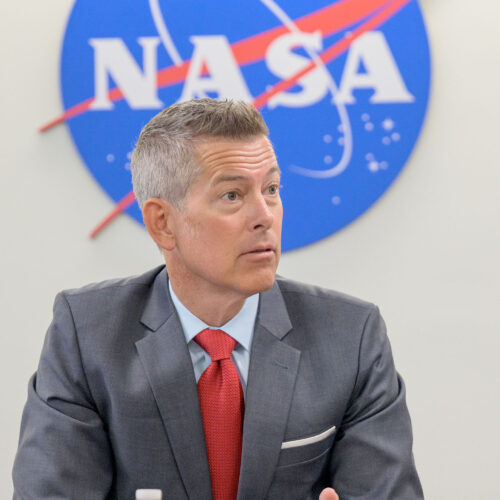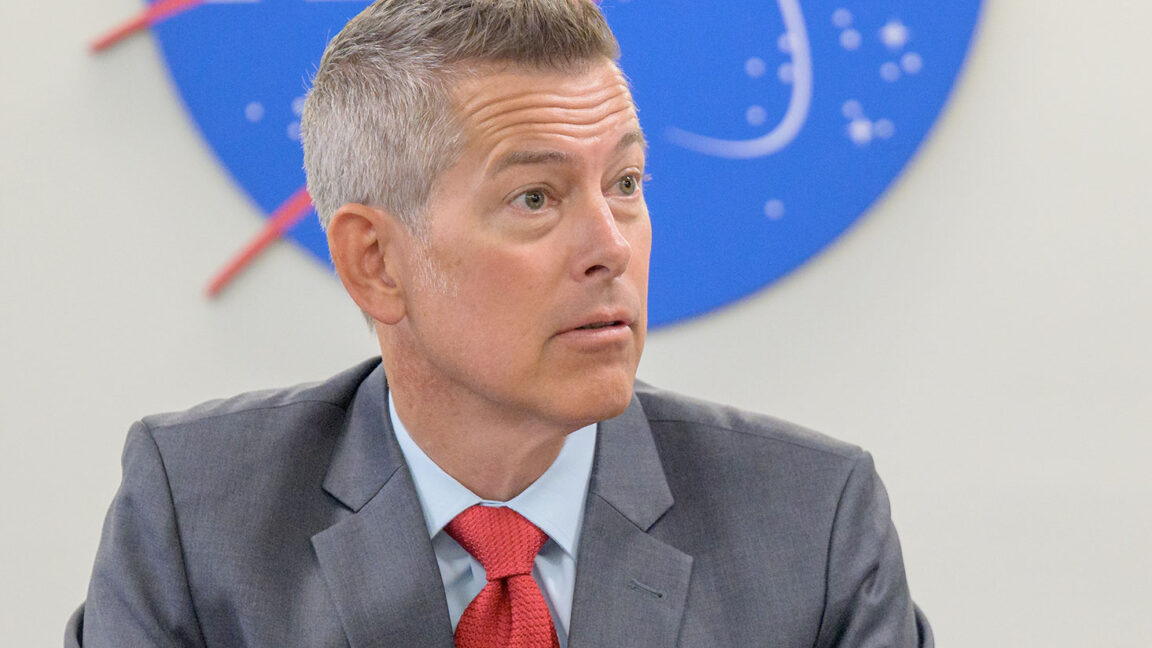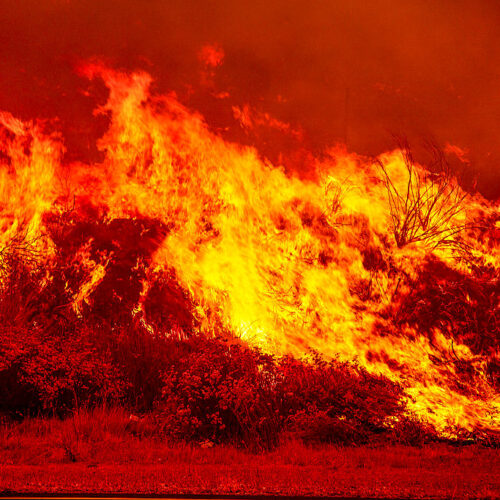New Study Fuels Debate Over World-Changing Comet Strike 12,800 Years Ago

A recent study claims to have found new geochemical evidence of an Earth-altering comet impact at the end of the last ice age, but skeptics still aren't convinced.

Sean Duffy, the acting administrator of NASA for a little more than a month, has vowed to make the United States great in space.
With a background as a US Congressman, reality TV star, and television commentator, Duffy did not come to the position with a deep well of knowledge about spaceflight. He also already had a lot on his plate, serving as the secretary of transportation, a Cabinet-level position that oversees 55,000 employees across 13 agencies.
Nevertheless, Duffy is putting his imprint on the space agency, seeking to emphasize the agency's human exploration plans, including the development of a lunar base, and ending NASA's efforts to study planet Earth and its changing climate.


© NASA/Bill Ingalls



Last week, the Environmental Protection Agency made lots of headlines by rejecting the document that establishes its ability to regulate the greenhouse gases that are warming our climate. While the legal assault on regulations grabbed most of the attention, it was paired with two other actions that targeted other aspects of climate change: the science underlying our current understanding of the dramatic warming the Earth is experiencing, and the renewable energy that represents our best chance of limiting this warming.
Collectively, these actions illuminate the administration's strategy for dealing with a problem that it would prefer to believe doesn't exist, despite our extensive documentation of its reality. They also show how the administration is tailoring its approach to different audiences, including the audience of one who is demanding inaction.
The simplest thing to understand is an action by the Department of the Interior, which handles permitting for energy projects on federal land—including wind and solar, both onshore and off. That has placed the Interior in an awkward position. Wind and solar are now generally the cheapest ways to generate electricity and are currently in the process of a spectacular boom, with solar now accounting for over 80 percent of the newly installed capacity in the US.


© BENJAMIN HANSON



